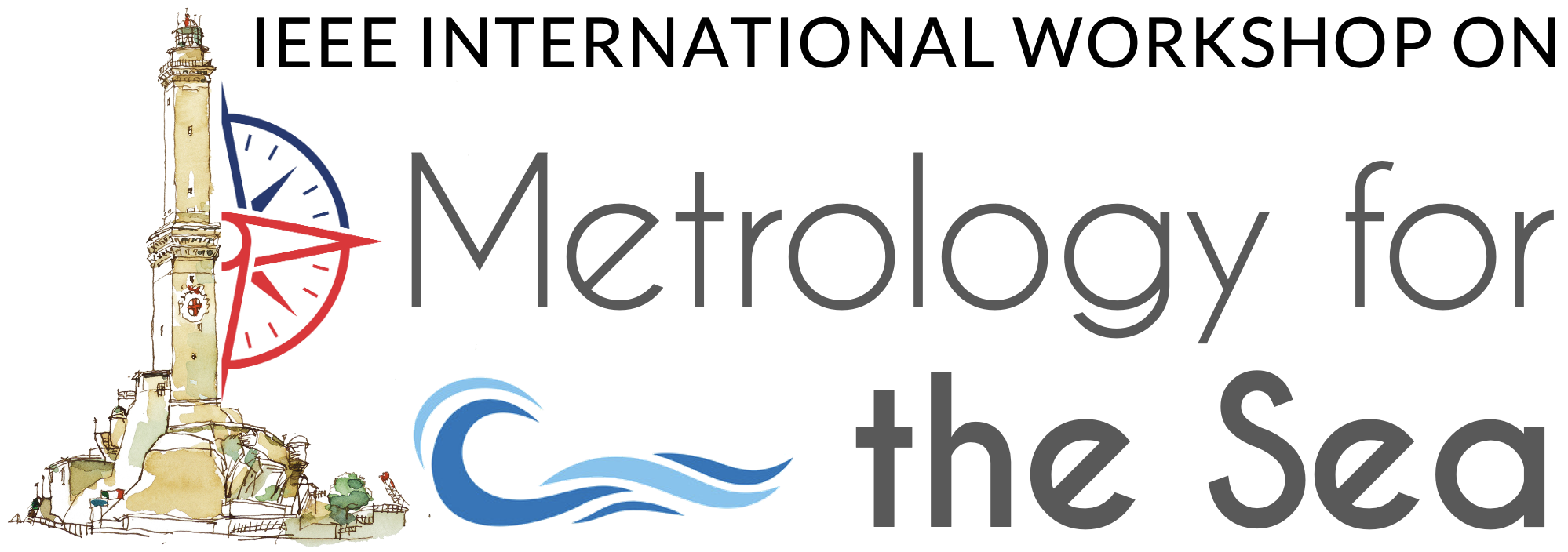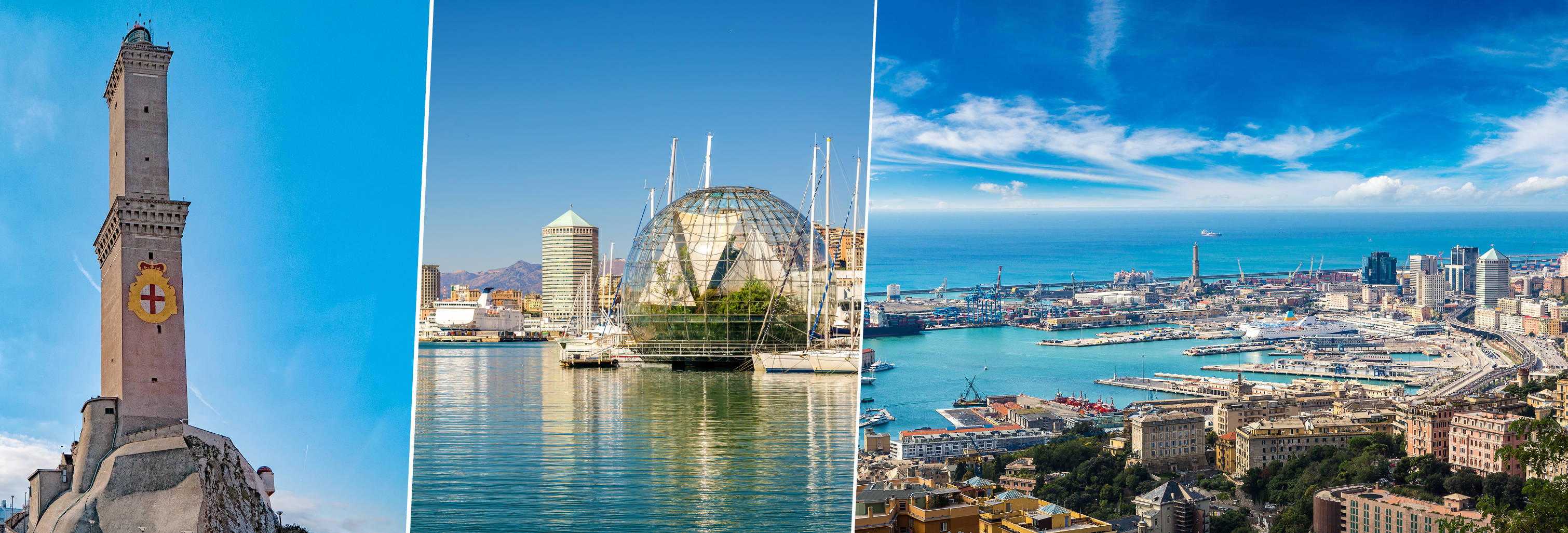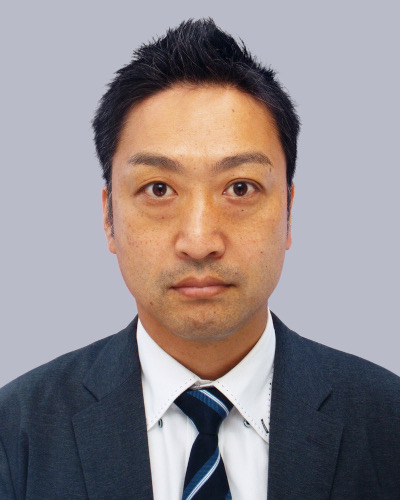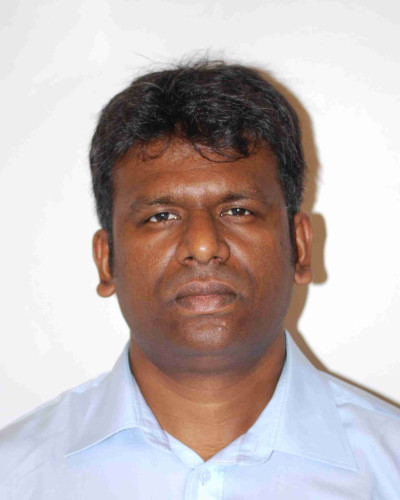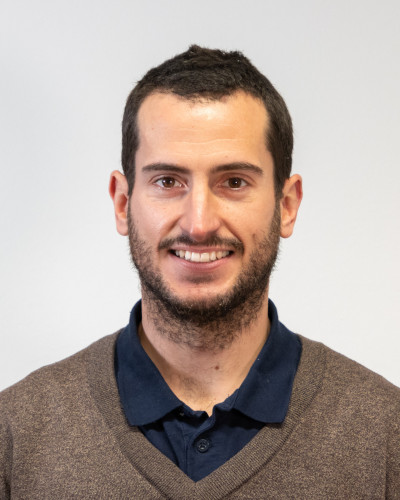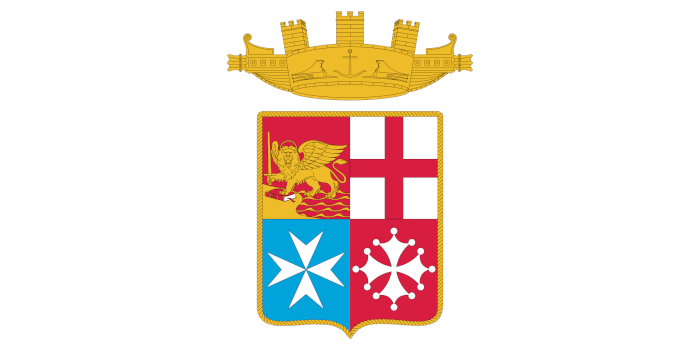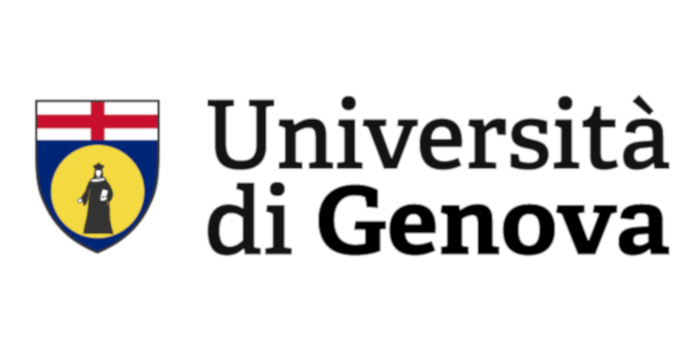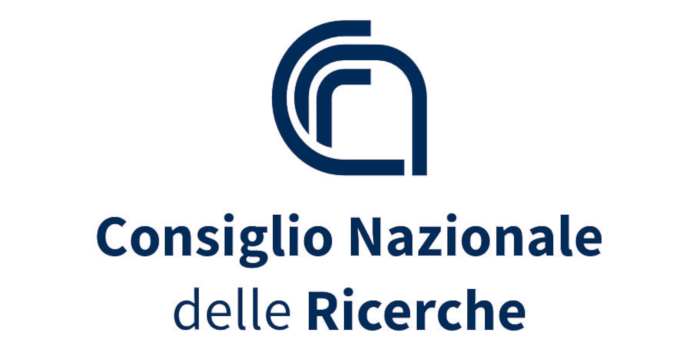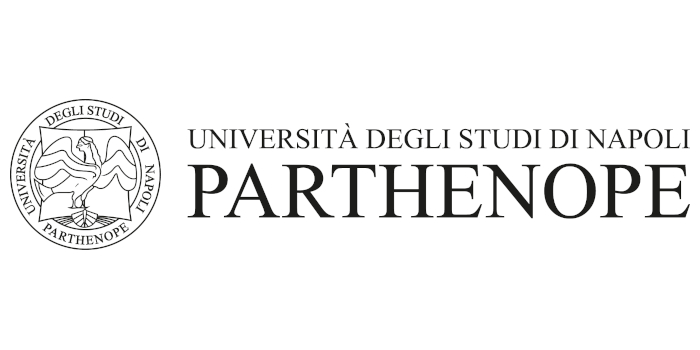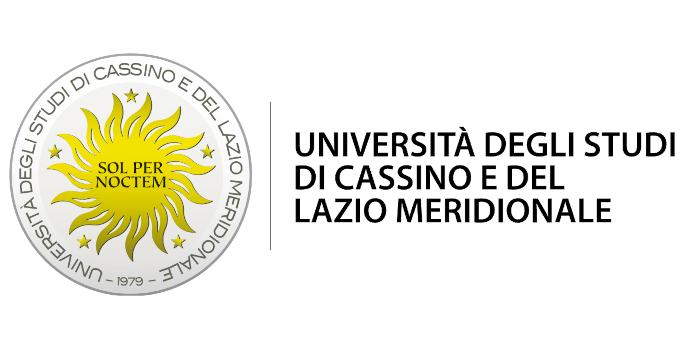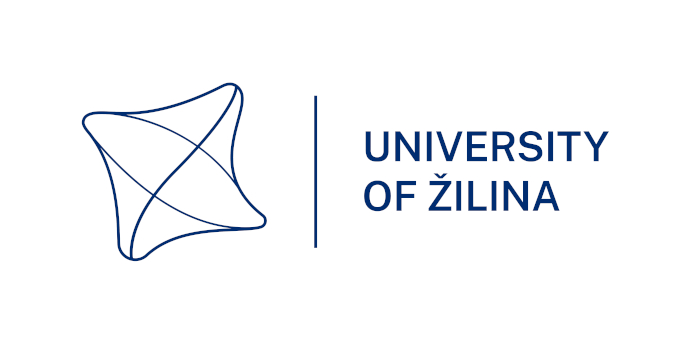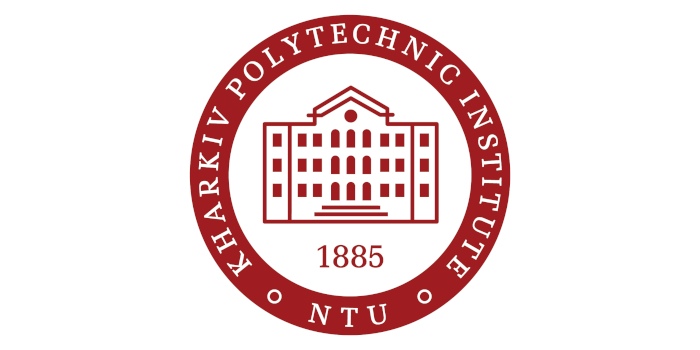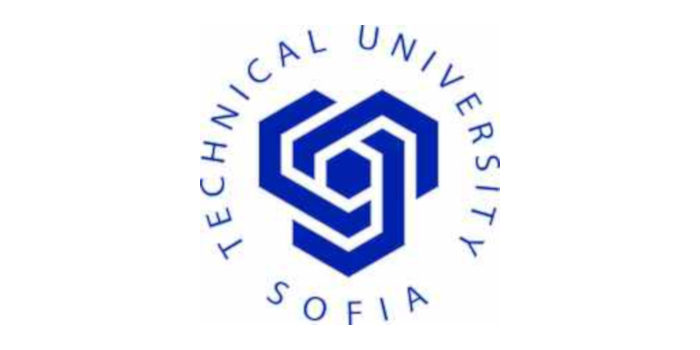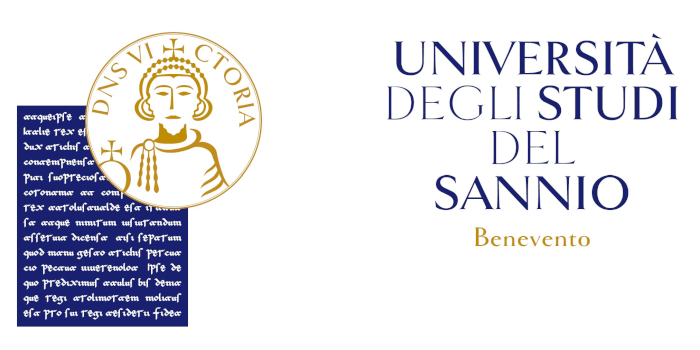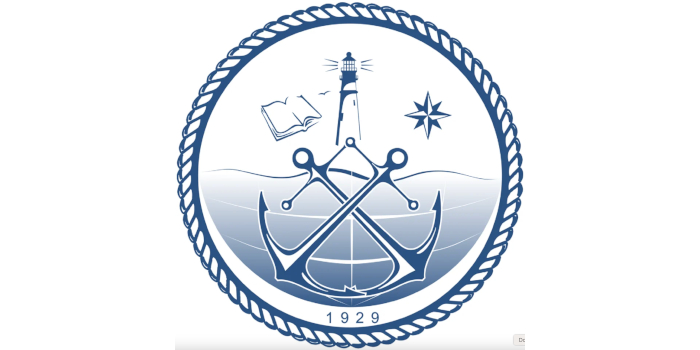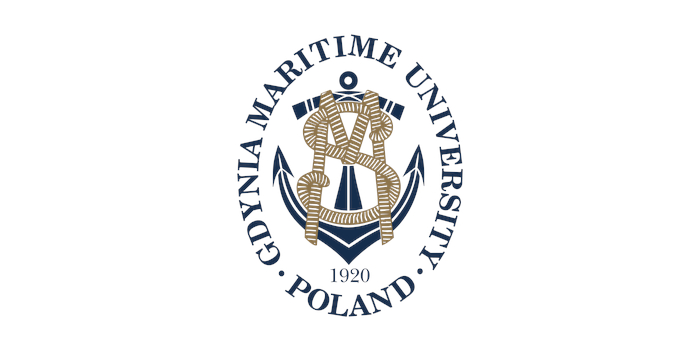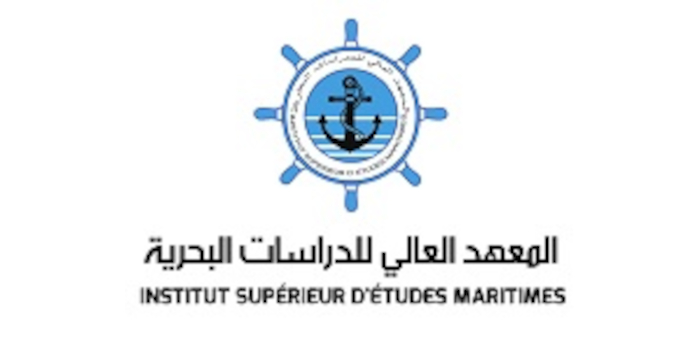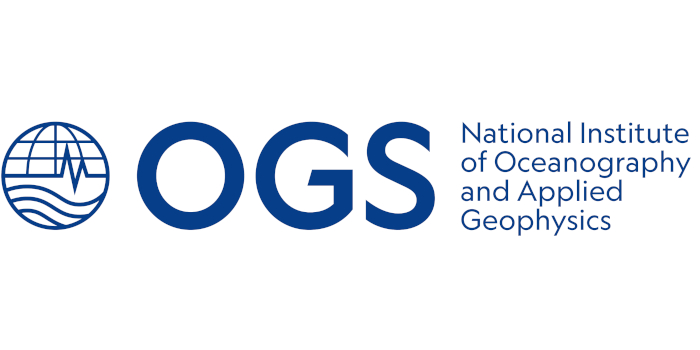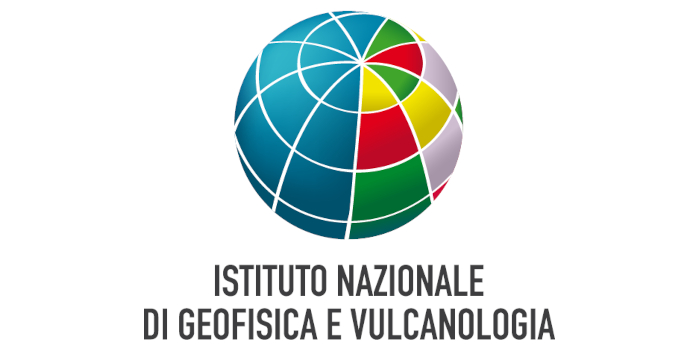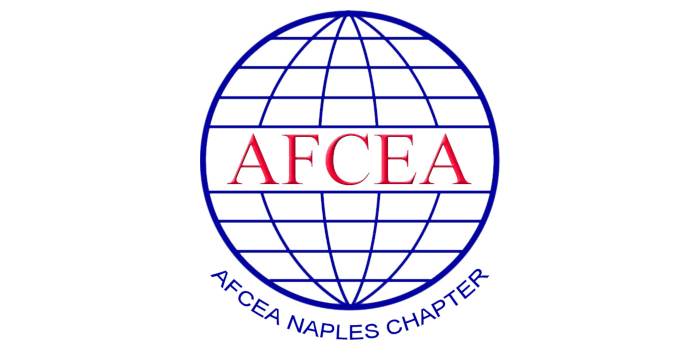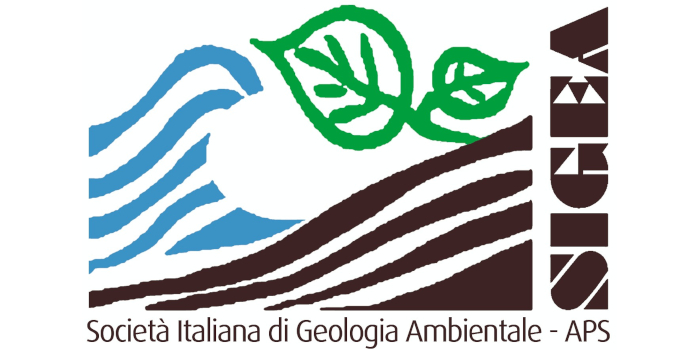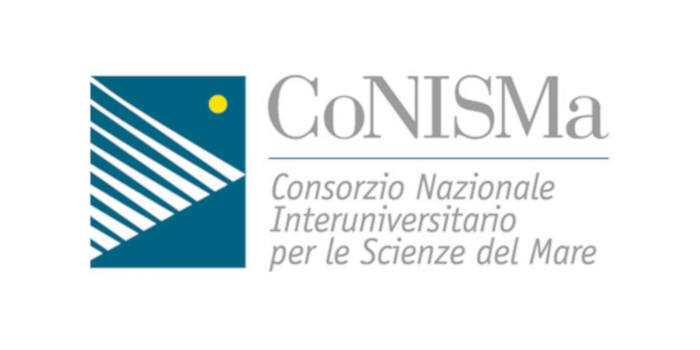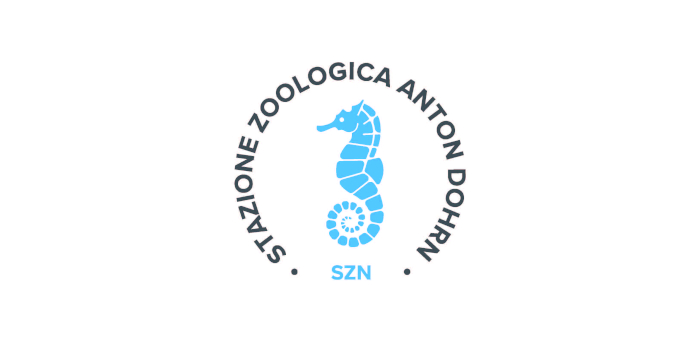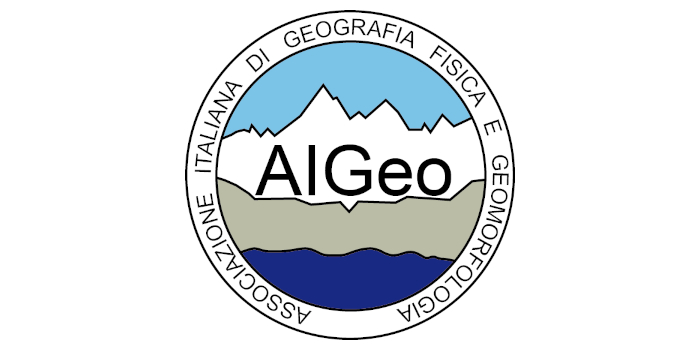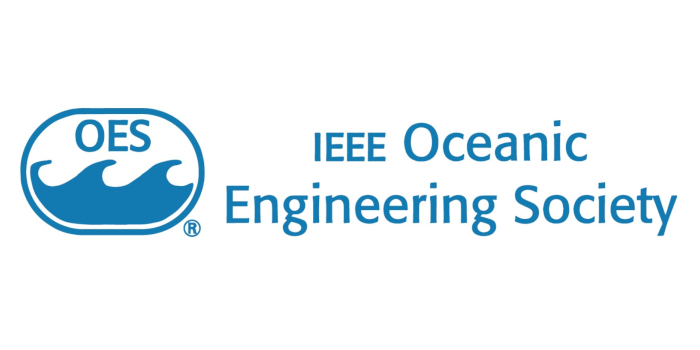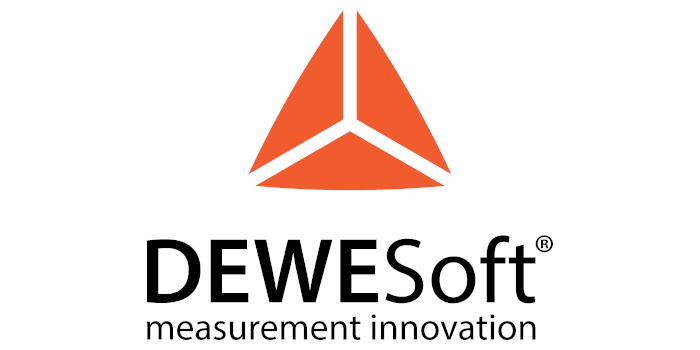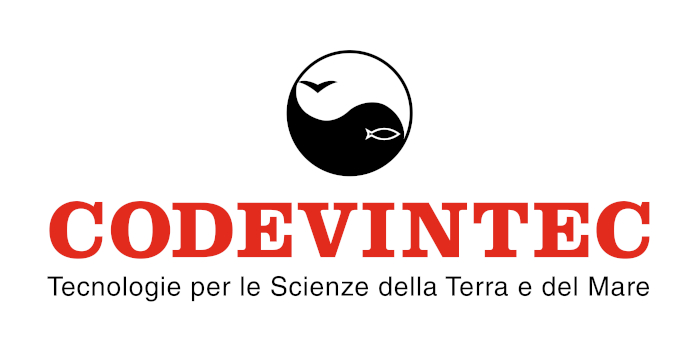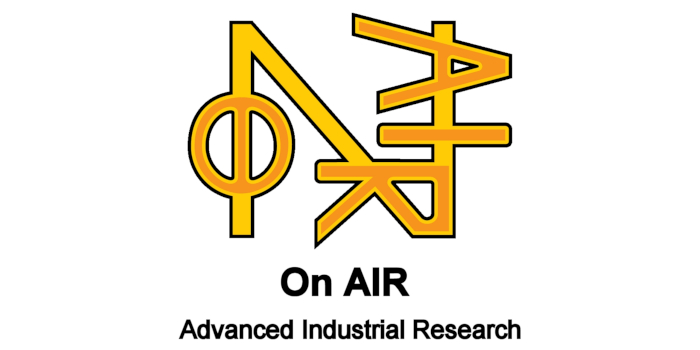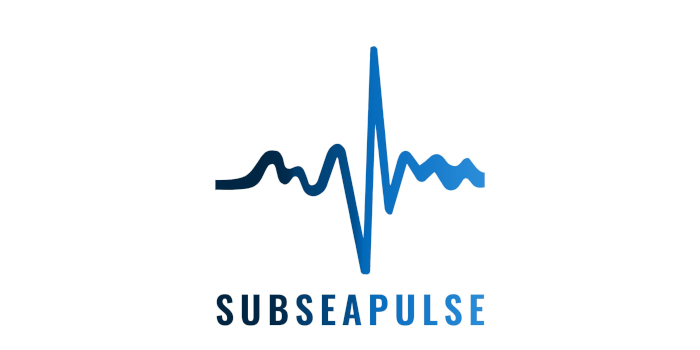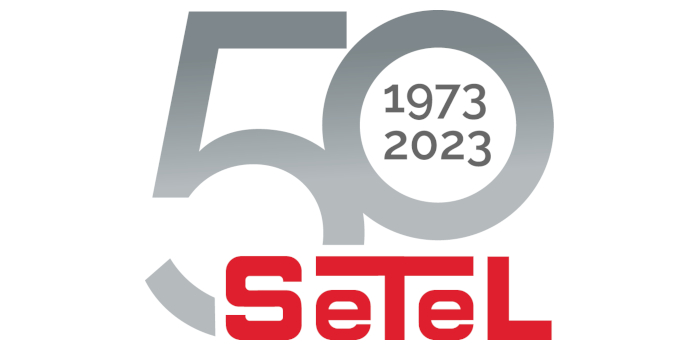SPECIAL SESSION #9
Towards Transparent Ocean using Underwater Sensor Networks
ORGANIZED BY
Wai-keung Fung
Cardiff Metropolitan University
Nazila Fough
University of Glasgow
Naoki Motoi
Kobe University
Somasundar Kannan
Robert Gordon University
Filippo Campagnaro
University of Padova, Italy
Christopher McDermott
Robert Gordon University
ABSTRACT
A Transparent Ocean envisions enhanced underwater observability through advanced imaging, sensing, and AI-driven technologies. By integrating underwater sensor networks, Internet of Things (IoT) devices, and robotic swarms, sensor nodes can be autonomously or semi-autonomously deployed to collect critical oceanic data. High-resolution imaging and state-of-the-art sensing technologies provide researchers with deeper insights into marine ecosystems, ocean geology, and marine animal behaviour. The applications of Transparent Ocean technologies span various domains, including marine biology, oceanography, offshore oil and gas exploration, subsea asset monitoring, and underwater archaeology. These innovations are also instrumental in assessing climate change impacts, discovering new marine species, and exploring previously inaccessible underwater environments. Advances in materials science and AI-driven automation are making Transparent Ocean technologies more accessible and cost-effective, unlocking new opportunities for oceanic research and exploration.
This special session will focus on the latest advancements in ocean sensing, underwater robotics, sensor networks and IoT applications. Discussions will highlight how underwater sensor networks contribute to a Transparent Ocean by delivering accurate and reliable data on key ocean parameters such as temperature, salinity, pH, and dissolved oxygen. The session will also explore innovations in 3D reconstruction and digital twin modelling of subsea assets, facilitating improved monitoring and predictive maintenance.
Recent breakthroughs in Generative AI and Large Language Models (LLMs) are further transforming underwater exploration. Agentic AI systems are automating monitoring, inspection, diagnosis, and exploration missions in dynamic subsea environments. This session will bring together leading researchers, scientists, and industry experts to discuss the challenges and opportunities associated with underwater robotics, sensor networks, AI-driven automation, and subsea communication technologies. Participants will share their experiences in deploying and managing these systems while exploring cutting-edge innovations in:
- Planning, control, and navigation of underwater vehicles and swarms
- Underwater wireless communication and networking
- AI and machine learning applications in subsea environments
This session promises to be an engaging and insightful event, offering attendees a deeper understanding of the latest trends, challenges, and future opportunities in ocean sensing technologies. It will also serve as a valuable platform for networking with professionals from academia and industry worldwide.
TOPICS
Underwater Robotics & Swarm Intelligence
- Novel and bio-inspired designs for underwater vehicles;
- Autonomous Underwater Vehicles (AUVs): navigation and control;
- Underwater swarm formation planning and control;
- Underwater swarm localization and SLAM;
- ROV/AUV collaboration for efficient subsea operations.
Underwater Communication & Networking
- Underwater acoustic communications and large-scale sensor networks;
- Acoustic channel characteristics and propagation models for communication;
- Energy-efficient routing protocols for underwater sensor networks;
- Impacts of ocean dynamics on underwater sensor networks;
- Effects of underwater noise on communication performance;
- Hybrid underwater communication systems integrating acoustic and optical technologies.
Sensing, Imaging & Digital Twin Technologies
- Advanced sensing and imaging systems for underwater exploration;
- Distributed sensing and data fusion techniques;
- 3D reconstruction and digital twin modelling of underwater environments;
- Sensor placement strategies for effective subsea coverage.
AI & Security in Underwater Systems
- Underwater sensor network security, cyber-attacks, and countermeasures;
- Applications of Generative AI and LLMs in agentic AI-driven underwater systems.
ABOUT THE ORGANIZERS
Dr. Wai-keung Fung is a Senior Lecturer in Electronics, Robotics and Control Engineering in Cardiff School of Technologies at Cardiff Metropolitan University, Cardiff, the United Kingdom. He is the deputy head of the EUREKA Robotics Centre in Cardiff Met and the lead of the Autonomous Robotics Lab under the centre. He is also the field group chair in Robotics in Cardiff School of Technologies. Dr Fung has extensive research experience in autonomous robotics, networked robotics, computational intelligence and machine learning. In particular, he has been involved in research in large scale underwater swarm localisation and underwater robot control and navigation. He has co-authored over 70 international, peer-reviewed journals and conference papers in his research career. He also has experienced in managing nationally and industry funded projects. He is a member of EPSRC Peer Review College and he has been recognised the Outstanding Associate Editor of IEEE Access in 2021, 2022 and 2023.
Dr. Nazila Fough is a Senior Lecturer (Associate Professor) at University of Glasgow, Glasgow, the United Kingdom. She has several years of academic and industrial experience across the UK and internationally. Her expertise spans underwater communication systems, data network, IOT, AI-driven imaging, and network security. She has led and contributed to multi-disciplinary research projects, supervised PhD and postdoctoral researchers, and actively contributed to numerous IEEE conferences and technical committees.
Naoki Motoi received the B.E. degree in system design engineering and the M.E. and Ph.D. degrees in integrated design engineering from Keio University, Japan, in 2005, 2007 and 2010, respectively. In 2007, he joined the Partner Robot Division, Toyota Motor Corporation, Japan. From 2011 to 2013, he was a Research Associate at Yokohama National University, Japan. Since 2014, he has been with Kobe University, Japan, where he is a currently Associate Professor. From 2019 to 2020, he also held the position of a Visiting Professor at Automation and Control Institute (ACIN), TU Wien, Austria. His current research interests include robotics, motion control, and haptic.
Dr. Somasundar Kannan is currently a Lecturer in Electronic and Electrical engineering in School of Engineering at RGU. Dr Kannan has several years of research and industrial consulting experience in the domains of control theory, robotics, Linear and nonlinear systems etc. Dr Kannan is experienced in developing models and applying control theory to systems such as Unmanned Aerial Vehicles (UAV), robotic manipulators, space robotics systems, solar sails and energy efficient buildings.
Filippo Campagnaro received the B.Sc. degree in information engineering and the M.Sc. degree in telecommunication engineering in 2012 and 2014, respectively, and the Ph.D. degree in information engineering in 2019, all from the University of Padova, Padova, Italy, where he is an Assistant Professor. Filippo has been working in underwater networks since 2014, joined more than 20 sea trials and developed several research and industrial prototypes. He teaches advanced C++ programming at the University of Padova. Filippo led several research and industrial projects on underwater networks. He has been IEEE OES Young Professional Boost laureate 2023-2024, UN Oceans Decade Volunteer, ECOP member. Former senior software developer of Wireless and More srl, spinoff company of the University of Padova. From 2021, he works on wireless sensors for studying biodiversity and climate change in coastal areas, and recently co-founded SubSeaPulse SRL, a spin-off company of the University of Padova active in this field.
Dr. Christopher McDermott is a dynamic Lecturer with 20 years of academic and teaching experience in computer networking and cybersecurity. His research focuses on developing secure, scalable, and high-performance network infrastructures across wired, wireless, and subsea environments. This includes applying artificial intelligence and machine learning techniques to advanced data networks, designing algorithms for threat detection, and exploring innovative techniques, approaches, and protocols for secure underwater communications.
